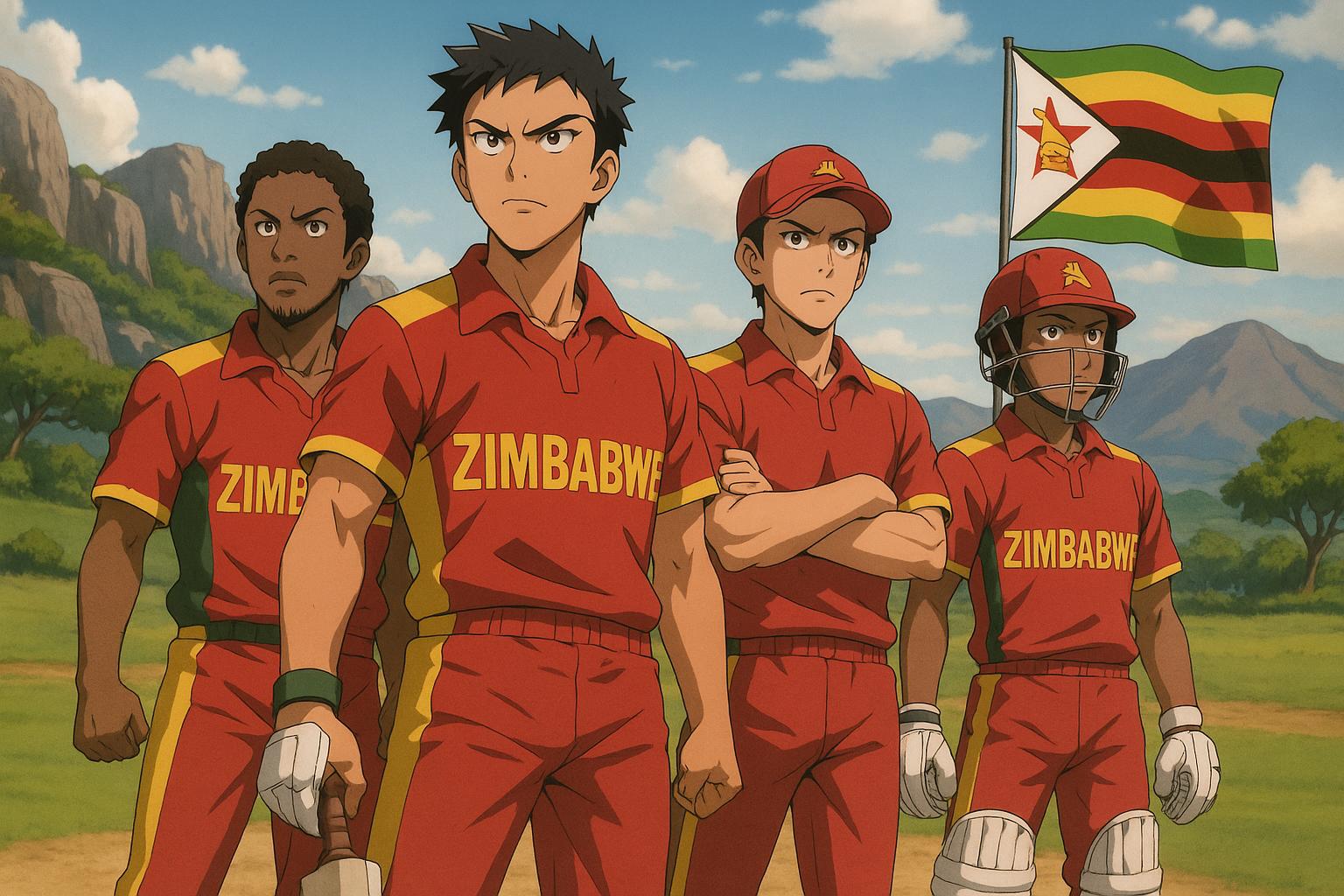Twenty-two years can transform both a team's fortunes and a nation's aspirations. The last time England faced Zimbabwe in a Test match was in 2003, a period marked by profound turbulence in Zimbabwean cricket. At that time, Rob Key was still a player on England's middle-order, Jimmy Anderson was finding his feet as a young bowler, and the England and Wales Cricket Board (ECB) was poised to launch the inaugural professional Twenty20 tournament. Fast forward to 2025, and the Zimbabwean cricket team that now tours is notably different—not only in its composition but also in what it represents to its nation.
Zimbabwean cricket has experienced tumultuous years characterised by political strife, player emigration, and a decline in international standing. The journey began with an evolution aimed at transforming cricket from a sport favoured by the minority white population to one that reflects the nation’s diverse demographics. Despite struggles—including player strikes and administrative challenges—one significant achievement has emerged: the current squad is predominantly black, a stark contrast to its predominantly white predecessor in 2003.
“Despite all the politics and chaos, cricket is now a national game,” asserts David Coltart, the mayor of Bulawayo, who has witnessed both the battles and breakthroughs of Zimbabwean cricket. Coltart has served as a prominent figure in Zimbabwe’s political landscape and has advocated for the unifying power of sports amid the crises that have long plagued the nation. Emigration has decimated the player pool, with over five million Zimbabweans leaving for better opportunities, yet a resilient spirit has prevailed.
Coltart laments the exodus of influential figures like Andy Flower and Henry Olonga, who made headlines with their protest against the erosion of democracy in Zimbabwe. “My sadness is that Henry and Andy didn’t stay in the country,” he notes, expressing a heavy-hearted understanding of their departure. He remembers Heath Streak, another stalwart who chose to stay, and whose bilingualism and empathy offered a bridge between communities during divided times.
The transformations in the Zimbabwe cricket team resonate with the societal changes occurring within the country. Coltart believes that cricket’s evolution was vital as the sport's appeal extended beyond the traditional demographic. “Cricket in Zimbabwe 30 years ago was a minority sport,” he reflects. Now it flourishes as a representation of the collective strength and resilience of Zimbabweans, black and white alike. However, Coltart expresses regret over the violent backdrop of some of these transformations, comparing it to the painful history of land redistribution in the early 2000s.
His advocacy for the sport has remained unwavering, as he was pivotal in campaigning for the resumption of Test matches after a significant hiatus. The ECB's initial reluctance to engage with Zimbabwe, even in the wake of the Mugabe era, posed challenges. However, with the recent changes in leadership at the ECB, such as Richard Gould's appointment, a renewed engagement has emerged, offering Zimbabwe's cricketers a long-awaited platform once more.
Even as Zimbabwe prepares to face England at Trent Bridge, Coltart remains concerned about the politics surrounding Zimbabwe Cricket. “There’s still far too much politics involved,” he cautions, advocating for a governing body led by individuals with a passion for cricket rather than political motivations. He envisions a future where former players guide selections and administration based on merit, fostering an environment free from political interference.
Zimbabwean cricket now stands as a symbol of a multiracial and united society, reflecting a commitment to progress despite past upheavals. “You will see that in our cricket, we are a passionately multiracial team,” Coltart affirms, encapsulating the essence of a nation striving for unity and change through its beloved sport. As Zimbabwe once again takes to the international stage, it brings with it not only the hopes of its cricketing community but also the broader aspirations of a transformed Zimbabwe.
Reference Map
- Paragraphs 1, 2, 3, 4, 5, 6, 7
- Paragraphs 1, 2, 3, 4, 5, 6, 7
- Paragraph 6
- Paragraph 5
- Paragraphs 5, 6
- Paragraph 4
- Paragraph 6
Source: Noah Wire Services
